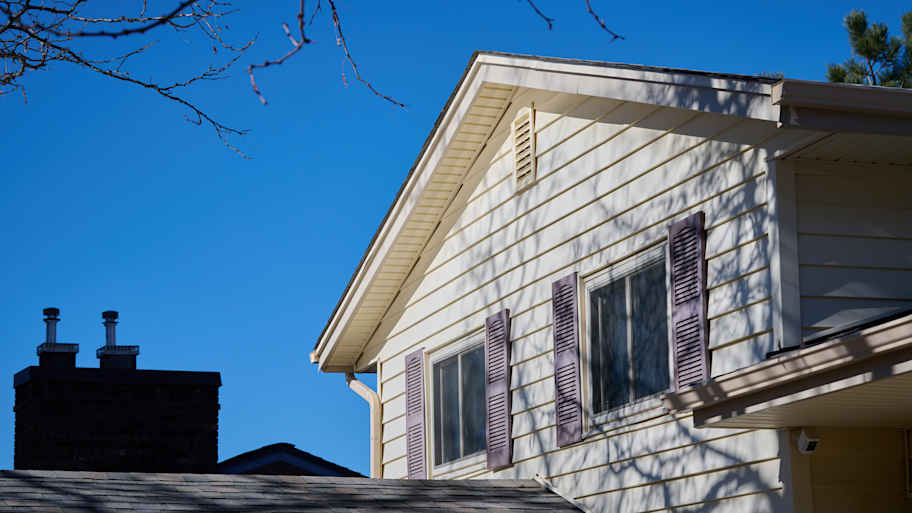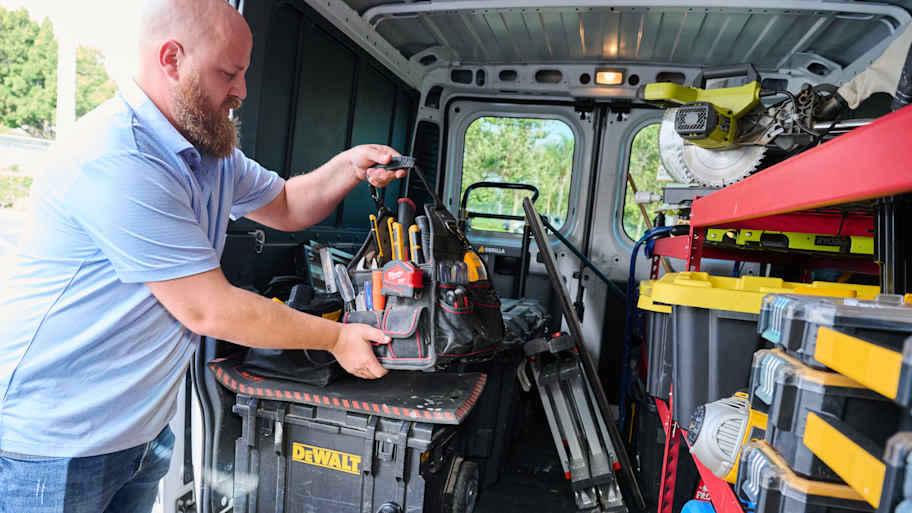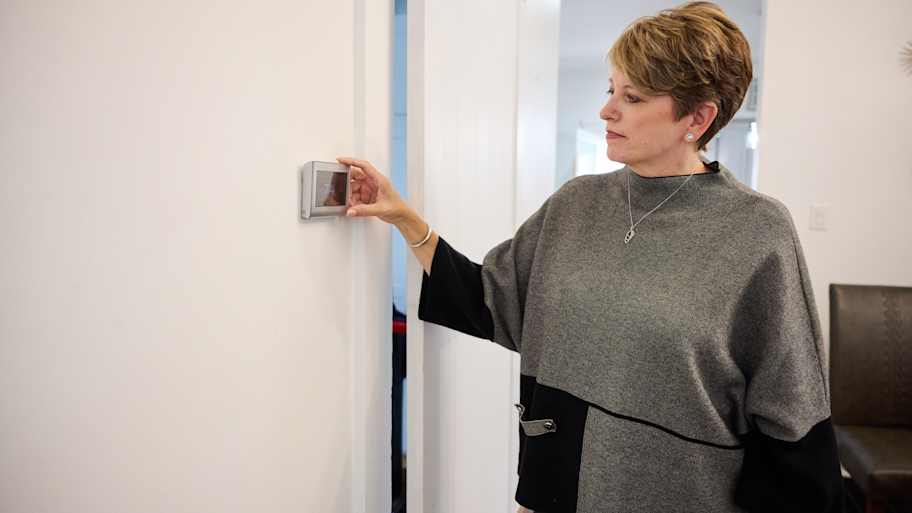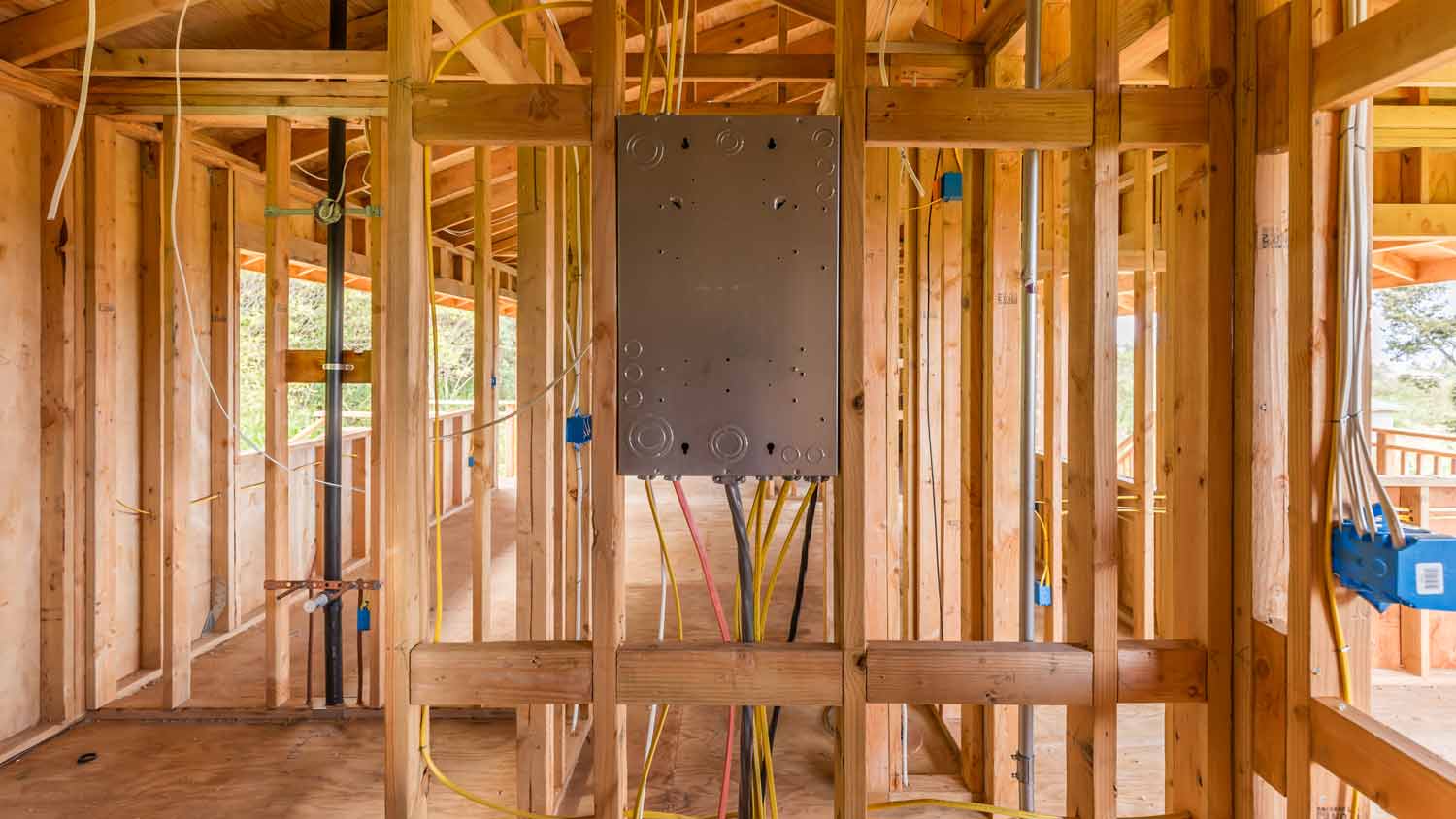6 Easy Steps for USB Outlet Installation
Say goodbye to bulky chargers for good


- Phillips-head screwdriver
- Flathead screwdriver
- Voltage tester
- USB receptacle
- Wall plate
You’ll need a USB cable to charge phones, tablets, e-readers, and many other common devices we’re all so addicted to. If you've ever tried to charge multiple devices using a standard outlet, you know how quickly bulky USB adapters can crowd and clutter your space.
Installing a USB outlet is an easy fix that will free up outlet space because it eliminates the need for a bulky USB adapter. And it just so happens to be a fairly simple project for someone with basic electrical knowledge under their belt.
Preparing to Install a USB Outlet
Before getting started, figure out which of your existing outlets you want to use to install your USB outlet. Since USB outlets don't draw much power, you can safely add them to most outlets, except those with switches and outlets dedicated to larger appliances, like ovens, refrigerators, and microwaves.
Installing an outlet involves working with your home's electrical system, which poses a shock hazard, so we only recommend this project for folks with some electrical experience. It's best to call a local electrician to help if you've never worked with a home electrical system. But if you're already familiar with basic home electrical systems, you'll probably find that a USB outlet installation is a fairly simple DIY project.
6 Steps to Install a USB Outlet
Gather your tools and materials. Then, it's time to get started.
Shut Off the Power
Before you start, head to your home's breaker and turn off the power connected to the outlet. This step will protect you from potential electrical shocks. For added protection, use your voltage tester at the outlet to verify that the power is off.
Remove the Existing Plate and Take a Reference Photo
Next, use your flathead screwdriver to unscrew the cover plate on your existing outlet. Then, without disconnecting any wires, pull the receptacle out an inch or two and take a photo of the existing wiring attached to it. You can use this photo as a reference when it comes time to attach the wires to your new USB receptacle.
Typically, you'll find three types of outlet wires and colors in U.S. homes, each with a different charge: copper or green, black, and white.
White: Neutral wires designed to transfer unused electricity back to the breaker panel.
Black: Hot wires that feed power from the breaker panel to the outlet.
Copper or Green: Ground wires that transfer electricity from the outlet to the breaker, then outside to a rod buried in the ground to neutralize the charge.
Disconnect the Wires
After saving a photo of your wiring, disconnect the wires from the old receptacle. If your wires are attached with screws, use a Phillips-head screwdriver to loosen them. Clamps have a small release button that you can push with a screwdriver or other small tool to disconnect the wires.
Connect the Wires to Your USB Receptacle
 Photo: Panithan / Adobe Stock
Photo: Panithan / Adobe StockGrab your reference photo and use it to connect the wires to their corresponding terminals on your new USB receptacle. Make sure they're securely clamped or screwed into place.
Attach the Cover Plate
Once your wires are securely attached to your new USB receptacle, use your flathead screwdriver to screw the cover plate back onto the outlet.
Restore Power and Test the Outlet
With your cover plate securely attached, go back to your breaker panel and turn the outlet's power back on. Grab one of your USB devices and plug it into the outlet to ensure your installation was a success.



.jpg?impolicy=leadImage)

- Home Generator Repair
- Lamp Repair
- Electric Repair
- Generator Installation
- TV Antenna Services
- Emergency Electricians
- Commercial Electricians
- Attic Fan Installation
- Attic Fan Repair
- Exhaust Fan Installation
- Electric Inspectors
- Subcontractors
- Electrical Construction
- EV Charger Installer
- Chandelier Installation
- Doorbell Installation
- Bathroom Fan Installation
- Ring Installers
- Electrical Panel Upgrade















